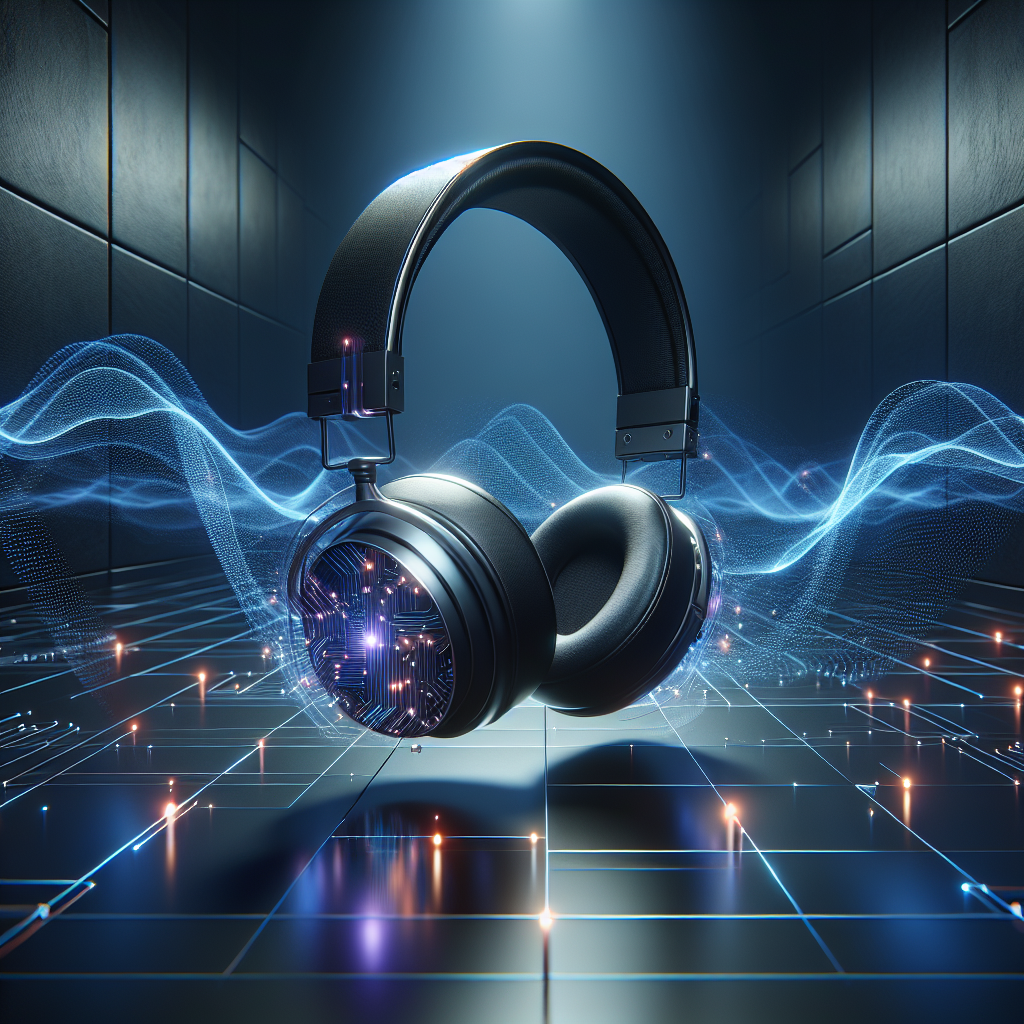Introduction to Next-Gen Noise Canceling Technology
Noise canceling headphones have long been a favorite for travelers, commuters, and peace-seekers alike. The latest generation of these devices, known as next-gen noise canceling headphones, offers an unprecedented level of audio clarity and noise reduction. This article delves into the sophisticated technology that powers these innovative devices.
Understanding Active Noise Cancellation
At the core of next-gen noise canceling headphones is active noise cancellation (ANC) technology. ANC works by using microphones to pick up external sounds. These sounds are then analyzed by onboard audio processing chips that generate inverse waves. These inverse waves are played back through the headphones’ speakers, effectively canceling out the original noise. The process is dynamic, adapting to ongoing ambient noises in milliseconds, providing a near-silent listening environment.
The Role of Digital Signal Processing
Digital Signal Processing (DSP) is another crucial component in next-gen noise canceling headphones. DSP chips take the audio signal and apply algorithms to enhance sound quality, manage sound profiles, and refine the noise-canceling effects. This allows for a tailored listening experience, whether you’re trying to drown out a noisy cafe or the hum of an airplane.
Advancements in Battery Technology
Enhanced battery life is a key feature of next-gen noise canceling headphones. Modern advancements in battery technology allow these headphones to operate for extended periods, often up to 30 hours on a single charge. This is a significant improvement over earlier models and is crucial for maintaining the noise cancellation effect without frequent recharges.
User Interface and Connectivity Enhancements
Next-gen noise canceling headphones also feature advanced user interfaces. Touch-sensitive controls, voice-activated commands, and seamless integration with multiple devices are standard. Furthermore, improvements in Bluetooth technology, such as Bluetooth 5.0 and beyond, offer more stable connections, reduced latency, and greater range.
Material Science and Comfort
The comfort of wearing headphones for long periods is critical. Next-gen models are leveraging new materials that are lighter and more durable, while memory foam ear cushions adapt to the user’s unique ear shape, providing comfort without compromising on sound isolation.
Environmental Impact and Sustainability
As consumer electronics, including next-gen noise canceling headphones, come under scrutiny for their environmental impact, manufacturers are beginning to use more sustainable materials and production methods. This includes recycled plastics, biodegradable components, and reduced use of harmful chemicals.
Conclusion
Next-gen noise canceling headphones are more than just an incremental update; they represent a significant leap forward in both technology and user experience. With advancements in sound cancellation, battery life, materials, and connectivity, these devices are setting new standards in the audio industry.
As we continue to see these technological advancements unfold, the potential for even more personalized and effective sound environments becomes apparent, promising a quieter future in our increasingly noisy world.


